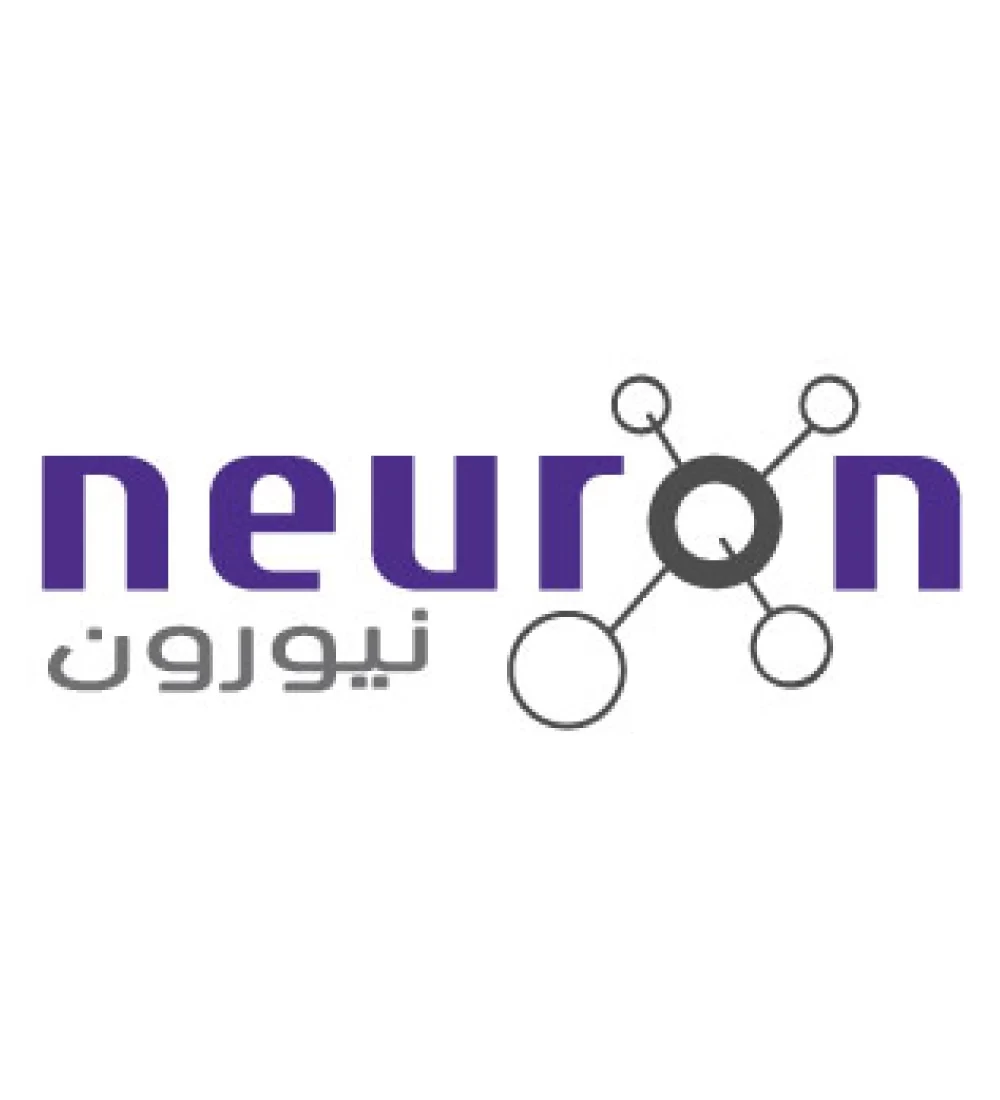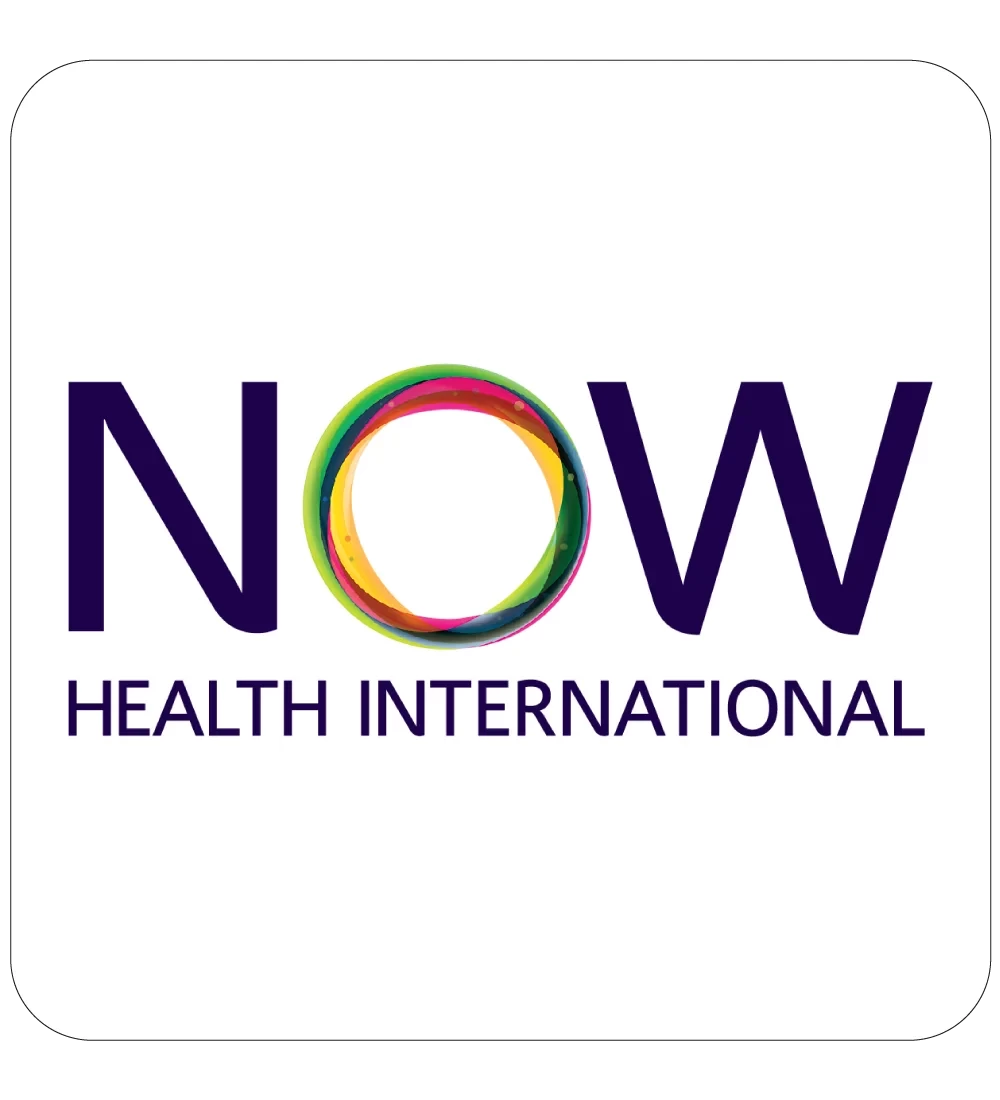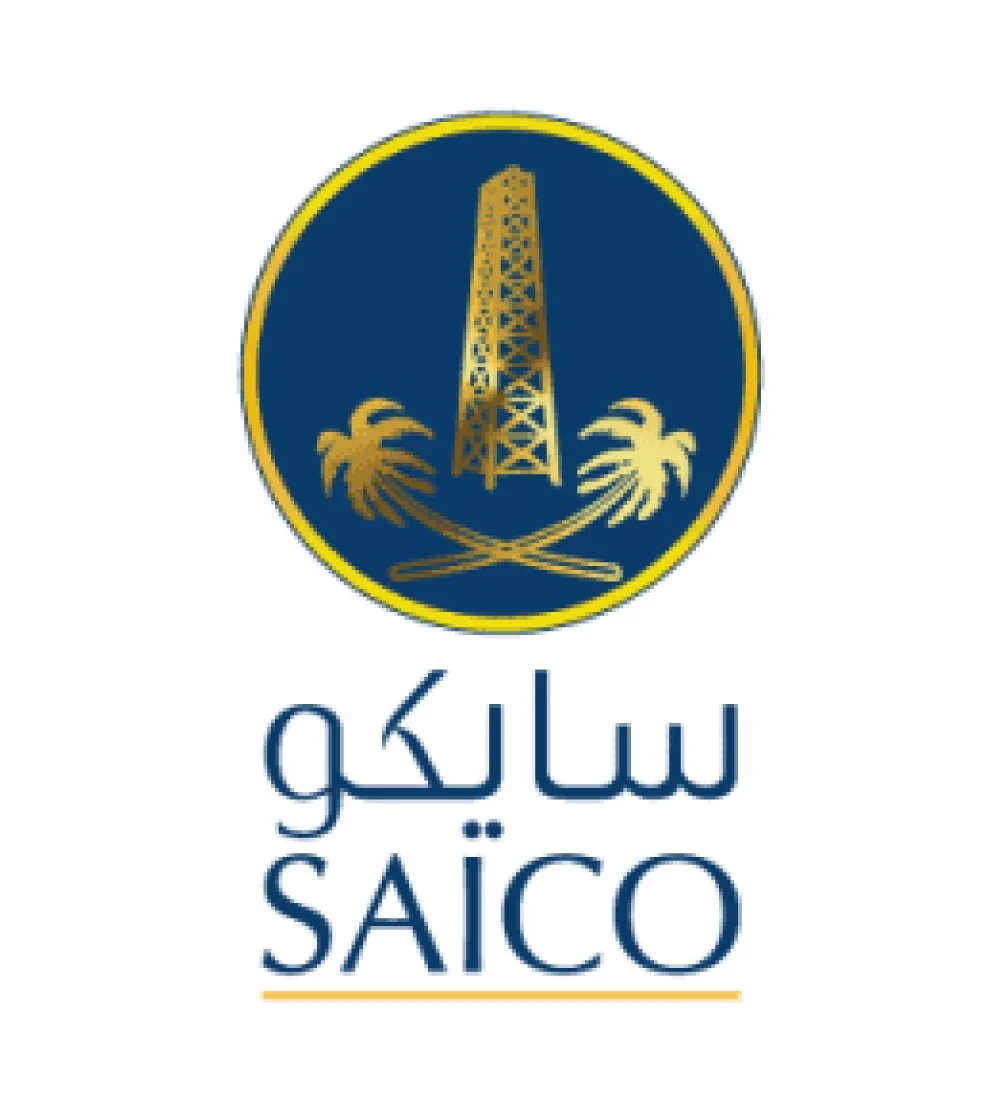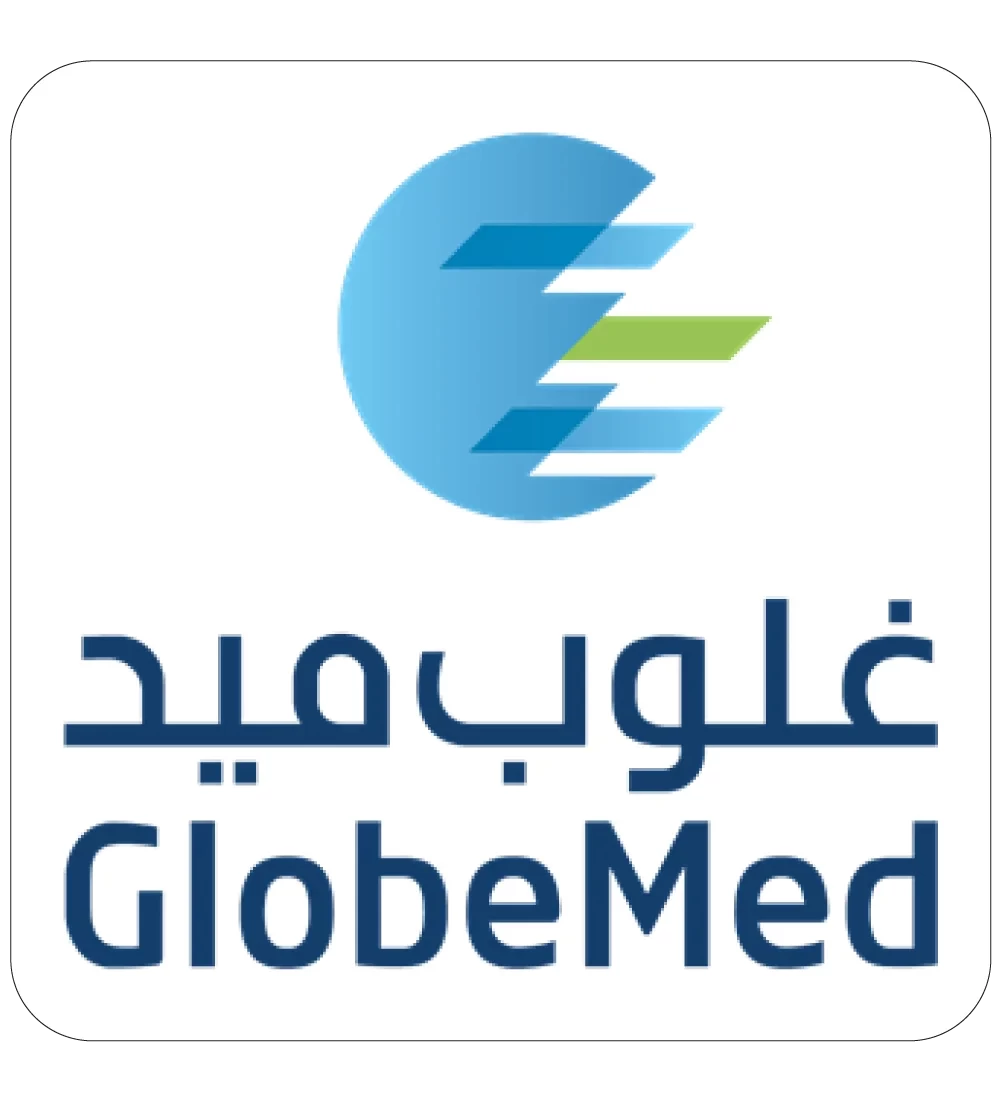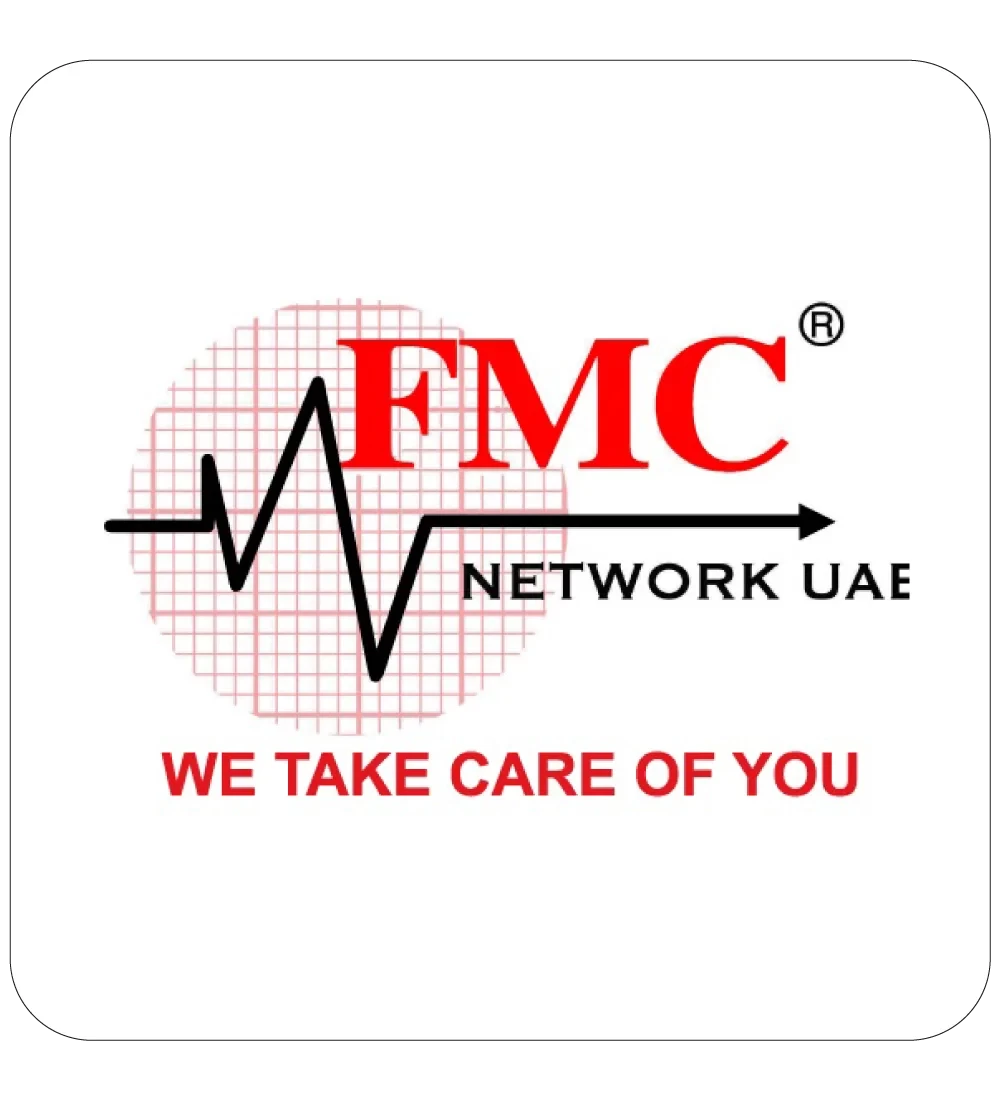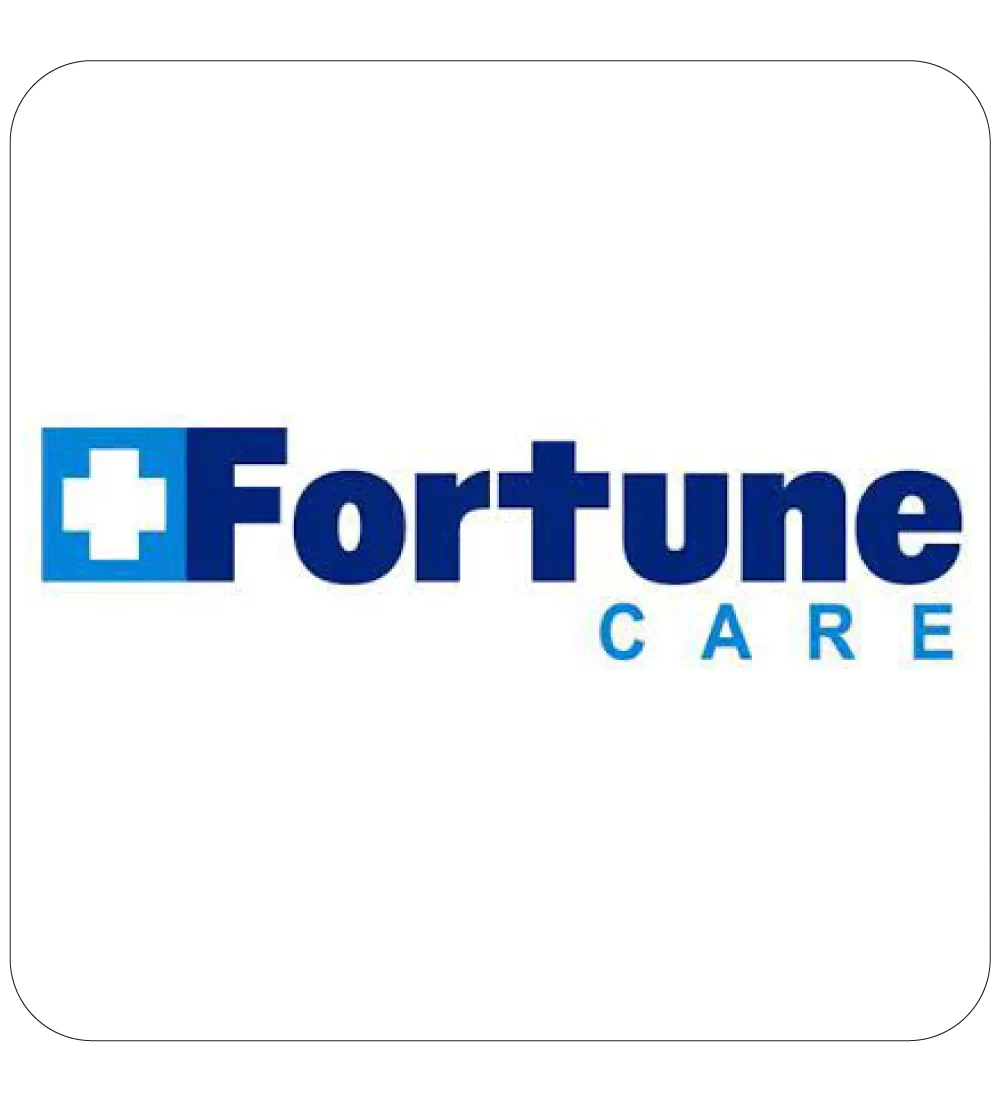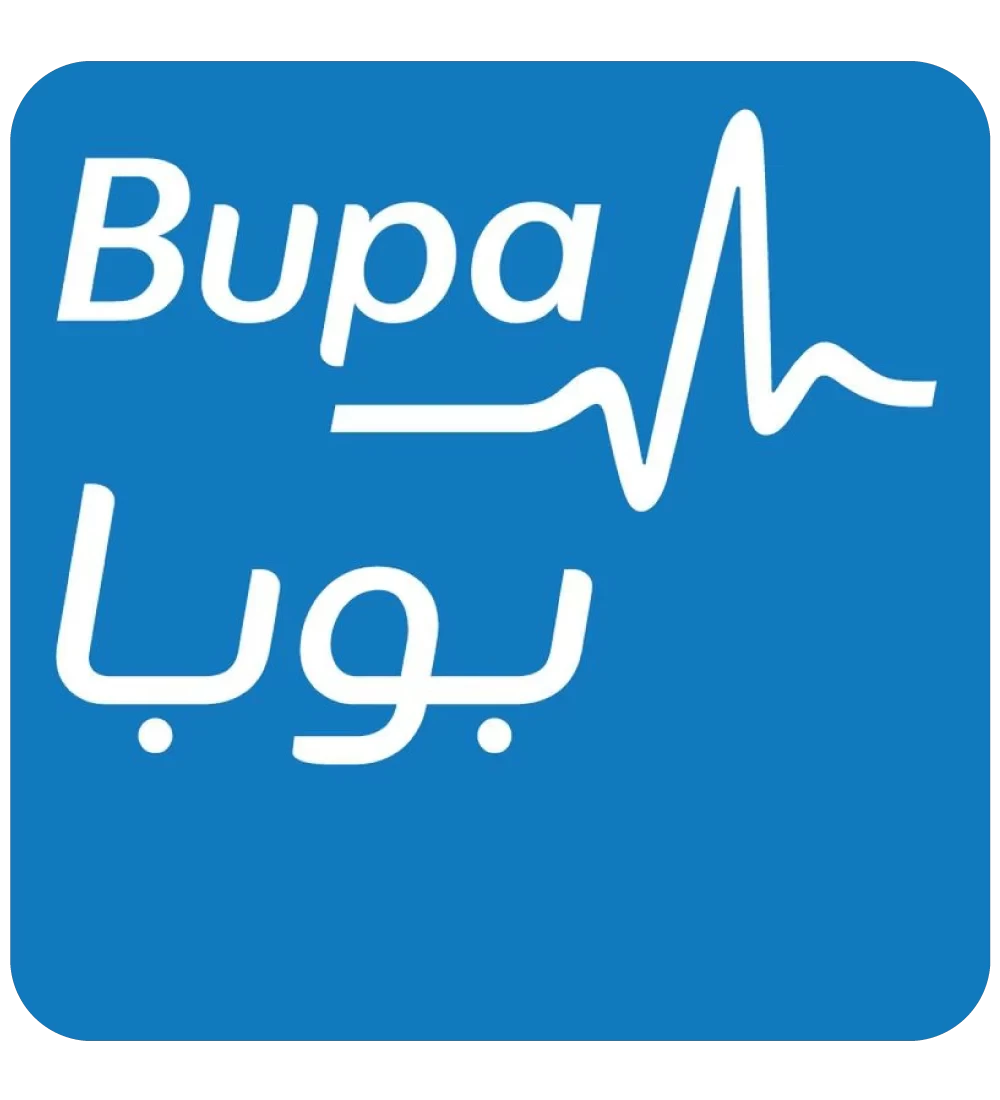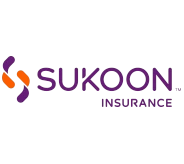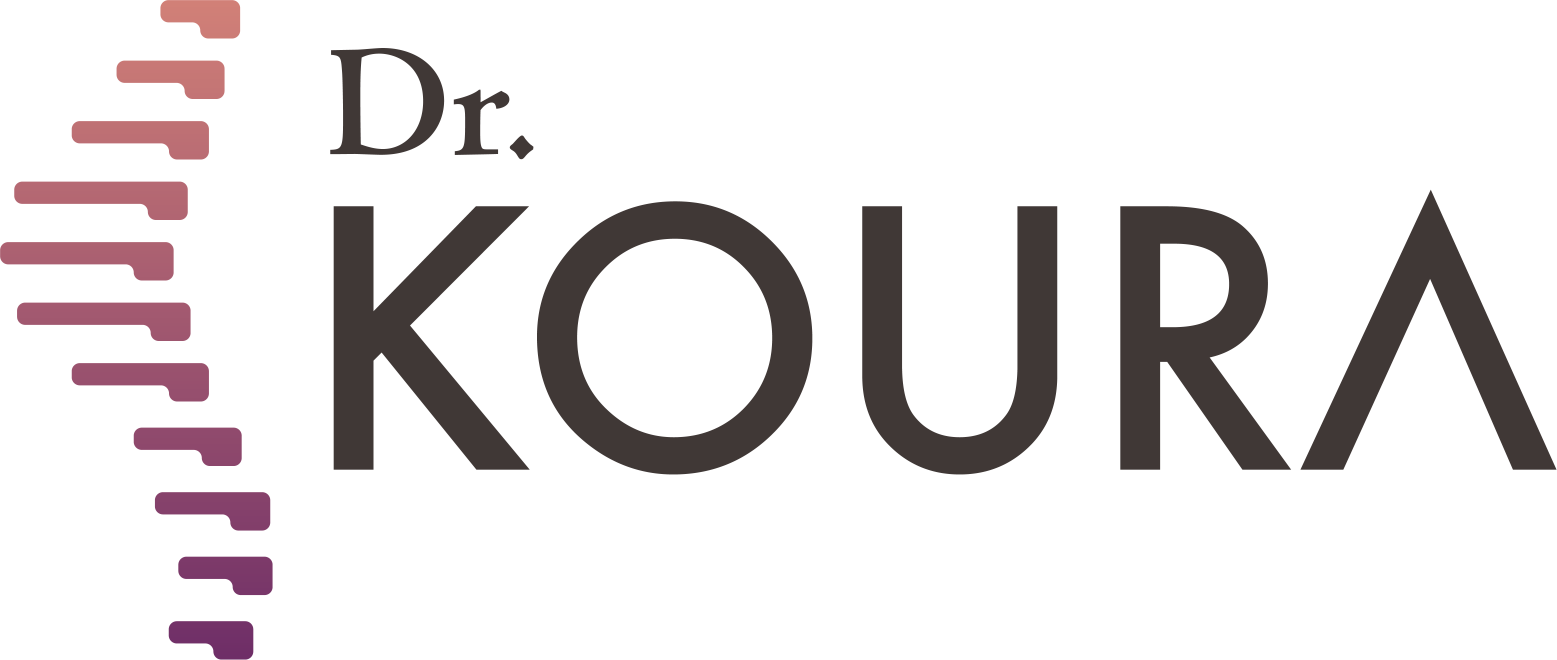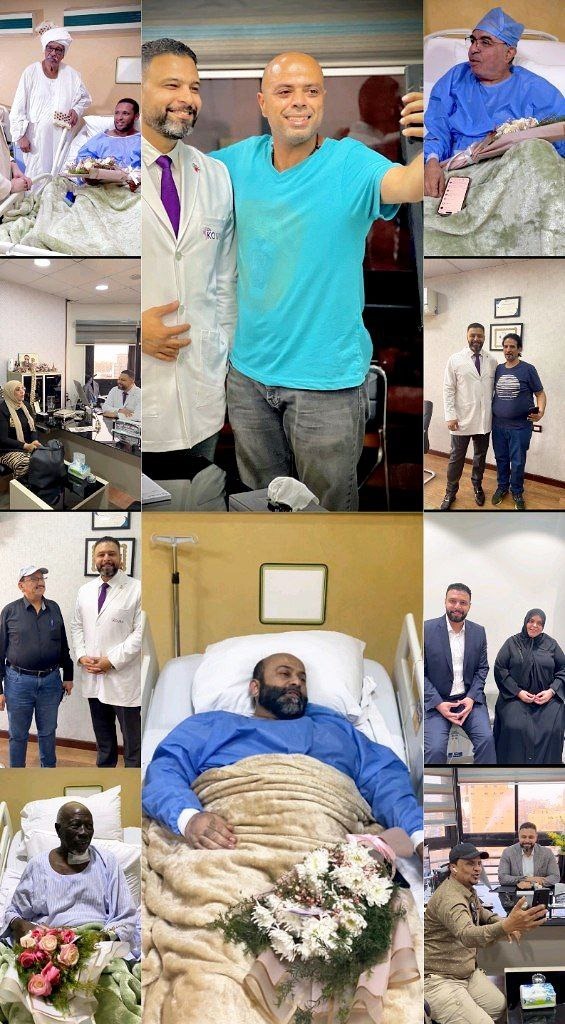
To see patients' reviews
Click hereCervical disc herniation
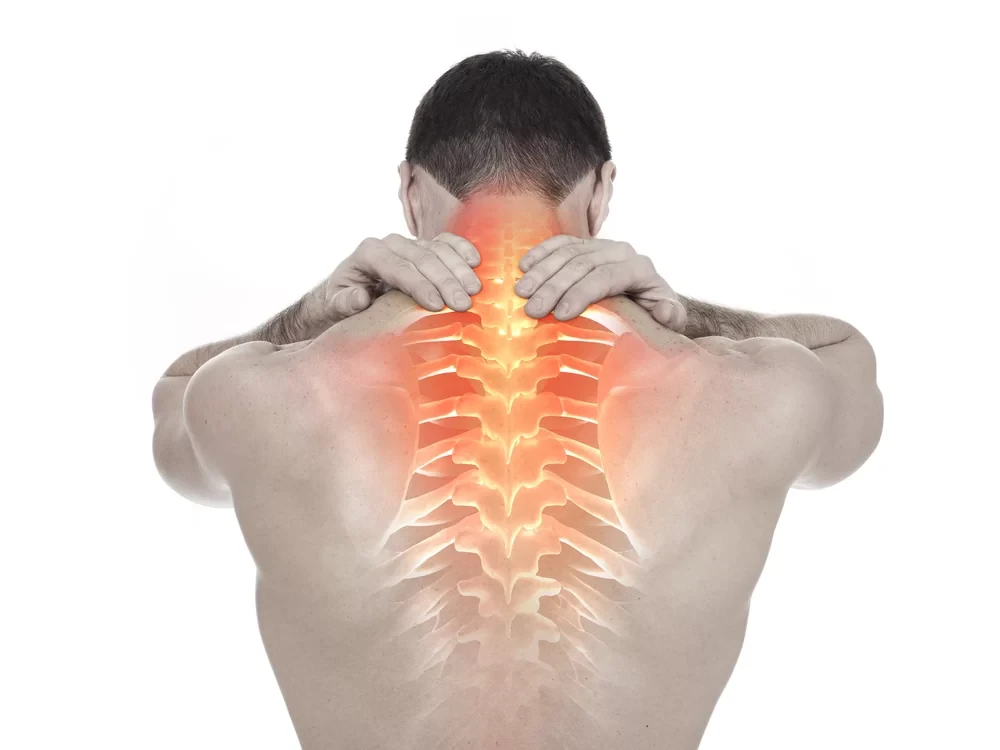

Many people suffer from neck pain due to cervical disc herniation, a condition that occurs when one of the vertebral discs in the neck becomes worn or slips. Knowing the symptoms of a slipped disc in the neck is crucial, as they may include chronic pain, numbness in the arms, and difficulty moving. Early diagnosis helps prevent the symptoms from worsening.
In this context, Dr. Mohamed Koura’s center stands out as one of the leading facilities for providing the best treatment for cervical disc herniation. The center focuses on offering non-surgical treatment options, making it the ideal choice for those seeking effective and reliable neck treatments.Dr.Koura is recognized as the best pain intervention doctor, offering comprehensive and exceptional care that ensures patients return to their normal lives as quickly as possible.
Get ready to discover more about cervical disc herniation and how it can be treated with modern and effective methods!
What is Cervical Disc Herniation?
Cervical disc herniation is a medical condition that occurs when one of the vertebral discs in the neck becomes worn or slips. These discs are made of a gel-like substance encased in a tough outer shell and act as cushions between the vertebrae, allowing smooth neck movement. When a disc slips, the displaced part can press on the nearby nerves, causing pain, numbness, and muscle weakness.
Symptoms of cervical disc herniation vary, with some people experiencing localized neck pain, while others may suffer pain extending to the shoulders and arms. Other symptoms may include difficulty controlling movement or numbness in the upper limbs.
This condition is common among individuals who are exposed to repetitive physical strain or suffer from degenerative changes due to aging. It's important to consult a specialist for accurate diagnosis and to determine the best available treatment options.
Factors Leading to Cervical Disc Herniation
Several factors can lead to cervical disc herniation, with aging being a key contributor as it causes wear and tear on the discs, reducing their flexibility. This makes the discs more prone to tearing or cracking. Physical injuries, such as accidents or trauma, can also be direct causes of this condition.
Moreover, repetitive physical activities significantly increase the pressure on the cervical vertebrae, particularly in individuals working in jobs that require heavy lifting or frequent bending. Genetic factors can also heighten the risk of herniated discs.
Finally, unhealthy habits, such as sitting for long periods in improper positions or not exercising regularly, contribute to an increased risk of developing this condition. Awareness of these factors and taking preventive steps is key to maintaining neck health.
Mild Cervical Disc Herniation Symptoms
The symptoms of cervical disc herniation can have a significant impact on the patient's quality of life. They often begin mildly, but without appropriate treatment, the condition may worsen, leading to more severe symptoms.
Common symptoms include:
- Radicular pain: A herniated disc may press on nerve roots, causing sharp pain that extends from the shoulder to the arms and hands, sometimes reaching the fingertips. Patients may feel pain akin to an electric shock or a burning sensation.
- Neuropathy: Pain is sometimes accompanied by tingling and numbness due to nerve root pressure, affecting their proper function.
- Neck pain: Neck pain is one of the most common symptoms, often felt in the back or side of the neck. Mild cases may only cause minor discomfort, while advanced cases can cause severe pain.
- Headaches: Cervical disc herniation can trigger headaches due to muscle tension or nerve inflammation in the neck area.
- Muscle weakness: Patients may experience weakness in muscles connected to the affected nerve, making daily activities difficult.
- Symptom aggravation: Initially, symptoms might be mild but can worsen with activities like lifting heavy objects or turning the head in specific directions.
The symptoms of cervical disc herniation appear gradually. In the early stages, patients can tolerate them, but over time, the severity of the symptoms may increase, prompting the patient to seek treatment and ask about the possibility of recovery from this issue.
Guidelines for Cervical Disc Herniation Patients
Here are some useful guidelines for patients with this condition, aimed at reducing pain and symptoms without medical intervention:
- Rest: It’s helpful to take short bed rest (no more than two days) to relieve pain. However, prolonged rest should be avoided to prevent neck stiffness, which can lead to sharp pain when moving.
- Avoid painful activities: Patients should avoid activities that may exacerbate neck pain, such as lifting heavy weights or performing incorrect movements.
- Improve lifestyle habits: Avoid sitting for long periods, and when necessary, take short breaks to move around. Ensure proper sitting posture.
- Use the right pillow: It’s preferable to use a pillow that supports the neck well, with sleeping on the back or side to maintain a comfortable head and neck position.
- Light exercises: Simple exercises to stretch and strengthen neck muscles can be performed, but it is advisable to consult an orthopedic or spinal expert for a suitable exercise program.
- Pain relievers: Medications like acetaminophen or ibuprofen can help alleviate pain and swelling, but it’s best to consult a specialist before taking any medication.
- Hot or cold compresses: Apply hot or cold compresses to the painful area, or alternate between them to reduce pain and inflammation.
By following these guidelines, cervical disc herniation patients can improve their quality of life and alleviate annoying symptoms, reducing the need for other treatments.
Can Cervical Disc Herniation Be Cured?
Many patients wonder about the possibility of recovering from cervical disc herniation. After reviewing the symptoms, we can confirm that recovery is possible thanks to a variety of available treatment options, in addition to the advice previously mentioned. The answer to the question “Can cervical disc herniation be cured?” is yes, with a range of treatment methods, including:
- Medication therapy: This involves using medications like pain relievers, non-steroidal anti-inflammatory drugs, and muscle relaxants to alleviate pain and improve the patient’s condition.
- Physical therapy: This focuses on strengthening neck muscles and increasing flexibility, helping to reduce symptoms and improve movement.
- Cervical nerve root injections: Local injections for cervical nerve roots using painkillers and anti-inflammatory agents can help relieve pain and inflammation.
- Radiofrequency ablation: A technique that provides long-term pain relief.
- Surgery: In severe cases that don’t respond to conventional treatments, surgery may be necessary to relieve pressure on the nerves or spinal cord. Minimally invasive surgery can be effective in removing or repairing the herniated disc.
Thanks to these treatment options, it is possible to achieve recovery and alleviate symptoms related to cervical disc herniation.
Types of Cervical Disc Herniation
Cervical disc herniation occurs when the cartilage between the vertebrae in the neck becomes damaged or torn, leading to the displacement of the internal gel-like substance. This can appear in various forms and degrees of severity, each with different effects on the body:
- Mild protrusion: In the early stages, there may be a slight protrusion of the disc, causing minimal pressure on nearby nerves. Patients may feel mild pain or general discomfort in the neck, without significant changes in mobility.
- Full herniation: As the condition progresses, a large portion of the disc’s gel material may slip out, directly compressing the spinal nerves. This stage causes more noticeable symptoms, such as sharp pain radiating to the arms, along with numbness or weakness in the upper limbs.
- Spinal cord involvement: In severe cases, the herniated disc may press on the spinal cord, leading to more serious neurological symptoms, such as coordination problems, loss of sensation in the limbs, and difficulty walking. This may be accompanied by general weakness and loss of fine motor control.
- Structural deformities: Over time, herniated discs can lead to structural changes in the spine, including wear and calcification, which may show up on X-rays or MRI scans. These changes indicate the progression of the condition and help doctors determine appropriate treatment options.
Understanding these types helps patients recognize the severity of their condition and the need to seek appropriate treatment in a timely manner.
Signs of Recovery from Cervical Disc Herniation
After discussing the possibility of recovery from cervical disc herniation, it’s important to recognize the signs of recovery, which include:
- Disappearance of symptoms: The patient notices a gradual disappearance of the bothersome symptoms that accompanied the herniated disc, indicating improvement.
- Restoration of normal movement: The patient regains normal neck movement, including the ability to bend and turn without feeling restricted or in pain.
- Improved ability to perform daily activities: The patient feels more comfortable performing daily tasks without experiencing pain or tension that previously hindered them.
- Muscle strengthening: The patient notices improvement in the strength of affected muscles, helping support the neck better and reducing the chances of recurrence.
- Better sleep quality: The patient experiences more restful and comfortable sleep, without severe pain or spasms, which contributes to overall better health.
These signs are positive indicators of recovery, allowing the patient to return to an active and healthy lifestyle.
In conclusion, we can confirm that cervical disc herniation symptoms can significantly impact the patient’s quality of life, but with sufficient awareness and proper treatment, recovery and relief from these symptoms are possible. The available treatment options are diverse, and it is important to choose the best treatment for cervical disc herniation based on the patient's condition and specialist recommendations.
Centers like Dr. Mohamed Koura’s center are key references for providing effective treatment and care, using the latest non-surgical techniques. Dr. Mohamed
Dr. Mohamed Koura is here to assist you using the latest therapeutic techniques, including thermal radiofrequency and laser treatments for spinal pain without surgery—book your appointment now from here.
Why Choose Dr. Mohamed Koura ?
Simply because he is the best doctor in his feild. He stays updated on the latest treatment technologies through his participation in various international conferences with leading foreign doctors and experts. Finally, and most importantly, Dr. Mohamed Koura is the best doctor in Egypt and the Arab world, possessing 12 non-surgical techniques for treating spinal and joint problems. He was the first to introduce modern interventional treatment techniques in Egypt & the Middle East and is the only one using the disc fx technique to treat spinal pain.
To see patients' reviews
Click hereCertainly not, some cases must be treated surgically, and the most appropriate technique for the patient is determined through a medical examination and the presence of imaging studies.
No, it is necessary to make a reservation through a phone call or social media messages.
There are no risks or side effects associated with non-surgical pain interventions.
The patient needs only 3 to 4 days before they can travel comfortably, and the hospital stay does not exceed 6 to 8 hours.
A condition cannot be accurately assessed and a proper medical diagnosis made without a medical examination and recent imaging studies.
Yes, there are several payment methods available through Visa or electronic wallets by making a reservation on our website.
Certainly, obesity is one of the causes of knee osteoarthritis.
Radiofrequency activates the nerve and does not cause any damage to it.
Non-surgical interventions are a definitive treatment for some cases and pain relievers for other cases, which is determined by the doctor through a medical examination.
If the herniated disc is fully treated, there is a possibility of it reoccurring in some cases, such as not following the doctor's prescribed instructions after the intervention, experiencing an accident, or making a sudden wrong movement like lifting heavy objects.
The entire disc is not removed due to the presence of several risks and it may exacerbate the condition. Only the protruding part that causes pain is removed.
This cannot be done with radiofrequency, but it is performed through other techniques that Dr. Koura conducts.
The success or failure of non-surgical interventions cannot be judged through radiographic imaging because these procedures involve making subtle changes to critical parts to address the issue. Consequently, they do not produce significant changes to avoid potential complications in the future or damage to the spine and joints, which is our primary goal.
Spinal stenosis does not typically cause sciatica. In most cases, disc herniation is what may lead to sciatica. This does not necessarily mean that a patient with sciatica will also have spinal stenosis.
Sciatica may return if the patient does not adhere to the medical instructions provided by the doctor or in the event of an unexpected accident.
A life without pain without surgery
Once you book with Dr. Koura
Get rid of pain with just one call.. Book your appointment now with pain Management consultant Dr. Koura.
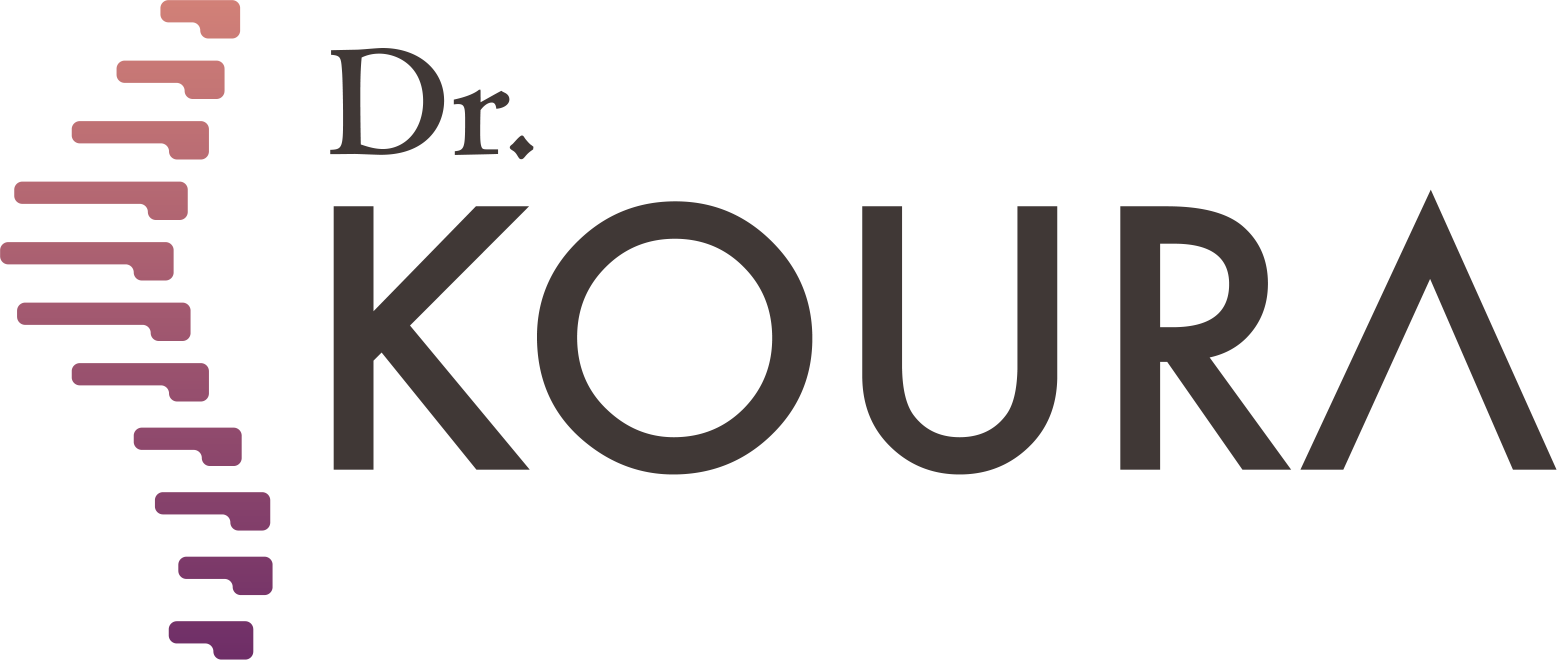





-webp.webp)




-webp.webp)







